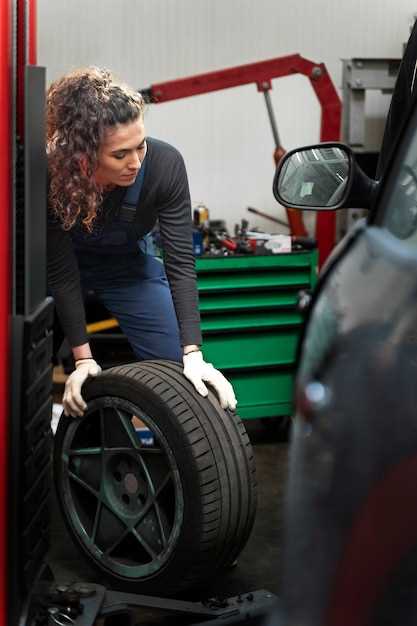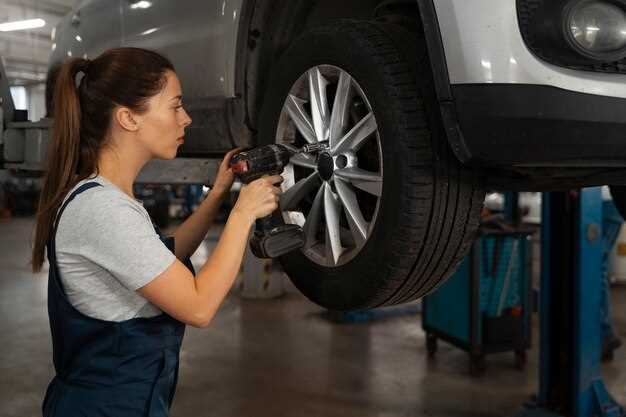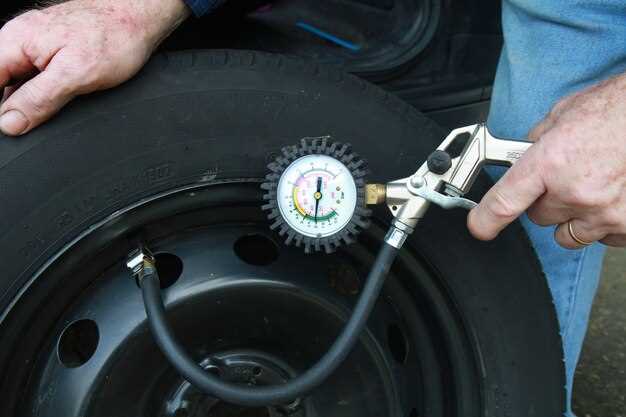
Maintaining the tires of vintage and rare automobiles is essential for both safety and performance. These classic vehicles, often cherished as pieces of history, require special attention to ensure they remain in optimal condition. Unlike modern tires, those designed for classic cars may use materials and designs that are less resilient to the ravages of time and the elements.
Proper care of your classic car’s tires includes regular inspections for wear, checking tire pressure, and ensuring that the tread depth is sufficient. Given the fact that vintage tires can degrade faster due to age, it is crucial to be proactive in monitoring their condition and addressing any issues before they become significant safety concerns.
Furthermore, understanding the unique characteristics of vintage tires, such as their potential sensitivity to UV light and ozone, can greatly enhance their longevity. By following these tire care tips, you can preserve the integrity and performance of your classic automobile while enjoying the thrill of driving a truly rare masterpiece.
Choosing the Right Tires for Classic Cars

Selecting tires for classic cars requires careful consideration to ensure both performance and aesthetics align with the vehicle’s heritage. Classic cars often possess unique specifications and handling characteristics, making it crucial to choose tires that complement these features.
Firstly, prioritize tires that are specifically designed for classic vehicles. These tires typically have a vintage tread pattern that enhances both the appearance and performance, preserving the original look while ensuring safety on the road. Look for manufacturers that specialize in classic car tires to ensure authenticity.
Next, consider the size and specification of tires. Always refer to the vehicle’s original documentation or consult with experts to determine the correct tire size, load index, and speed rating. This ensures the tires can support the weight of the vehicle and match its intended speed capabilities.
Moreover, the material composition of the tire is vital. Classic cars often benefit from tires made from softer rubber compounds, which provide better grip and a smoother ride. However, be cautious of tire longevity, as softer compounds may wear out more quickly than modern alternatives.
Additionally, keep in mind that tire care is essential. Regularly check tire pressure, tread wear, and general condition to maintain optimal performance. Proper storage and seasonal changes can also prolong tire life and enhance safety, especially for vintage automobiles that may not be driven frequently.
Ultimately, the right tires for classic cars should not only suit the vehicle’s performance requirements but also reflect its character and style, ensuring an enjoyable and safe driving experience.
Inspecting and Maintaining Vintage Tire Condition

Maintaining the condition of vintage tires is crucial for both safety and preserving the authenticity of classic automobiles. Regular inspection is the first step in ensuring that these tires remain in optimal condition.
Begin with a thorough visual inspection. Look for any signs of cracking, dry rot, or bulging on the sidewalls. These issues can indicate that the tires have deteriorated over time, compromising their integrity. Vintage tires often use older rubber compounds that can degrade more quickly than modern materials, making this check especially important.
Check the tread depth to ensure sufficient traction. Vintage tires may have limited tread patterns designed for specific road conditions during their era. If the tread is worn down to less than 2/32 of an inch, it is time to consider replacement. Even if the tires appear visually intact, inadequate tread can lead to unsafe driving conditions.
Inflation pressure also requires attention. Vintage tires should be inflated according to the manufacturer’s recommendations, often found on a placard in the vehicle or in the owner’s manual. Underinflated or overinflated tires can lead to accelerated wear and potential blowouts.
Rotate the tires regularly to promote even wear. This process can help extend the lifespan of the tires and ensure they perform optimally. Depending on the vehicle’s usage, consider rotating every 5,000 to 6,000 miles or per manufacturer guidelines.
Store vintage tires properly when the vehicle is not in use. Keeping tires out of direct sunlight and extreme temperatures can reduce the risk of deterioration. Utilize tire covers or store them indoors to protect against environmental elements.
Finally, consider professional inspections. A qualified mechanic can assess vintage tires for structural integrity and aging signs that may not be immediately visible. Regular maintenance and proper care practices will help preserve the condition and performance of vintage tires, ensuring a safe and enjoyable driving experience.
Best Practices for Storing Rare Automobile Tires
Proper storage of rare automobile tires is crucial to ensure their longevity and maintain optimal performance. When selecting a storage location, choose a cool, dry environment away from direct sunlight and heat sources. Extreme temperatures can degrade rubber compounds, leading to cracking and deterioration.
Before storing tires, clean them thoroughly to remove dirt, brake dust, and any contaminants. This cleaning process prevents the buildup of mold or mildew. After cleaning, inspect the tires for signs of damage, such as sidewall cracks or bulges, and take notes for future reference.
When it comes to positioning rare tires, store them upright if they are on rims, or stack them horizontally if they are off rims. Avoid placing heavy items on top, as this could cause deformation. If stacking, use tire cradles or wooden pallets to provide adequate support and prevent compression.
Additionally, consider using tire covers made from breathable materials. These covers protect against dust and UV exposure while allowing moisture to escape. Keep tires away from chemicals and solvents, as these can adversely affect the rubber compounds.
Lastly, periodically check on stored tires to monitor their condition. Inspect for any signs of aging or deterioration. Regular maintenance and attention can significantly extend the life of rare automobile tires, preserving their value and performance for years to come.


